Home>Furniture>Outdoor Furniture>How To Get Rid Of Tiny Red Spiders On A Patio
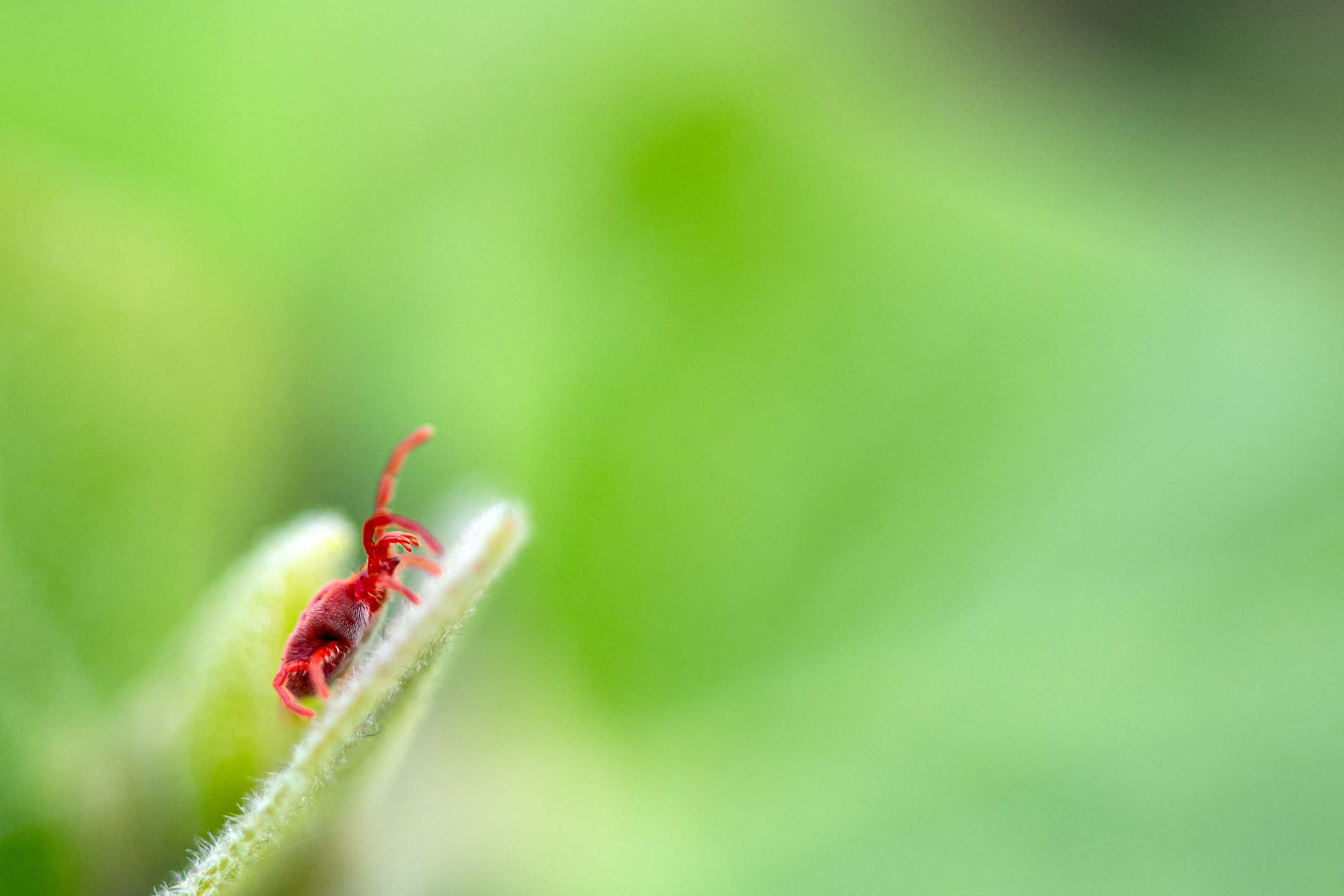

Outdoor Furniture
How To Get Rid Of Tiny Red Spiders On A Patio
Modified: March 15, 2024
Learn how to eliminate those pesky tiny red spiders from your patio and keep your outdoor-furniture spider-free with our effective tips and tricks.
(Many of the links in this article redirect to a specific reviewed product. Your purchase of these products through affiliate links helps to generate commission for Storables.com, at no extra cost. Learn more)
Introduction
Welcome to your guide on how to get rid of tiny red spiders on a patio. If you’ve noticed these pesky little critters making themselves at home on your outdoor furniture, you’re not alone. Tiny red spiders, commonly known as spider mites, can be a nuisance and can quickly multiply if left untreated.
In this article, we will help you understand more about these tiny red spiders and how to identify them on your patio. We will also explore the reasons behind their infestation and provide you with effective prevention techniques to keep them away. Furthermore, we will discuss both natural and chemical solutions to eliminate them if they have already made their way onto your patio. Finally, we will share some valuable tips to help you maintain a spider-free patio in the long run.
So, if you’re ready to reclaim your patio from these unwelcome guests, read on to learn everything you need to know about getting rid of tiny red spiders.
Key Takeaways:
- Keep your patio spider-free by regularly inspecting for tiny red spiders, maintaining plant hygiene, and encouraging natural predators like ladybugs and lacewings.
- Use natural remedies like water sprays, herbal infusions, and beneficial insects to deter spider mites, and consider chemical solutions only as a last resort for severe infestations.
Read more: How To Get Rid Of Spiders In The Attic
Understanding Tiny Red Spiders
Before we delve into the methods of getting rid of tiny red spiders on a patio, it’s important to understand who these little creatures are. Tiny red spiders, also known as spider mites, are small arachnids that belong to the Tetranychidae family.
Spider mites are incredibly tiny, with an average size of only 0.5mm. They are reddish-brown in color, but their appearance may vary depending on the specific species. These pests are not actually spiders, but they got their name because of their spider-like appearance and behavior.
These tiny red spiders feed on the sap of plants, including the leaves, stems, and even the blossoms. They use their specialized mouthparts to penetrate plant cells and extract the necessary nutrients for survival. Unfortunately, they can also infest various outdoor surfaces, including patio furniture and other objects.
Spider mites are known for their rapid reproductive abilities, which makes them a particularly challenging pest to control. A single female spider mite can lay hundreds of eggs in just a matter of weeks. These eggs hatch into tiny larvae, which then go through several stages before becoming adult mites. This quick life cycle can lead to a rapid increase in population if the appropriate control methods are not implemented.
In addition to their reproductive capabilities, spider mites can also be resilient to various environmental conditions. They thrive in warm and dry environments, making them especially common during the hot summer months. Moreover, these pests are difficult to spot with the naked eye due to their small size. Therefore, it’s crucial to stay vigilant and regularly check your patio furniture for any signs of infestation.
Now that we have a better understanding of who these tiny red spiders are, let’s move on to how to identify them on your patio.
Identifying Tiny Red Spiders on a Patio
Identifying tiny red spiders, or spider mites, on your patio is crucial for effective pest control. Although these pests are small and can be challenging to spot, there are several telltale signs to look out for:
- Webbing: Spider mites spin fine silk webbing on the surfaces they infest. Look for delicate, wispy webbing on your patio furniture, especially on the undersides of leaves or between objects. These webs can help indicate the presence of spider mites.
- Leaf Damage: Spider mites feed on plant sap, leaving characteristic patterns of damage on leaves. Look for stippling or yellowish spots on the leaves of your patio plants. If left untreated, severe infestations can cause leaves to dry out and fall off.
- Discolored Spots: Along with stippling, spider mites may cause leaves to develop tiny, discolored spots. These spots can range in color from yellow to bronze or reddish-brown.
- Spider Mite Appearance: If you can spot the tiny spiders themselves, examine their appearance. Spider mites are typically reddish-brown, but they may also appear green or yellow, depending on the species and their life stage. Use a magnifying glass if needed to get a closer look.
In addition to these visual indicators, you may also notice other signs of spider mite activity. For example, if you brush against infested patio furniture or plants, you might see tiny specks moving around, indicating the presence of these pests. Furthermore, if you have outdoor plants near your patio that are severely infested, spider mites can be transported to your furniture through wind or other means.
Remember, early detection is essential for effective control of spider mites. Regularly inspect your patio furniture, especially plants and areas susceptible to infestation, to catch and address any signs of spider mites before their populations explode.
Now that you can identify these tiny red spiders, it’s crucial to understand why they might be infesting your patio in the first place. Let’s explore the reasons behind their infestation.
Reasons for Tiny Red Spiders Infestation
There are several factors that can contribute to the infestation of tiny red spiders, or spider mites, on your patio. Understanding these reasons can help you address the underlying causes and prevent future infestations. Here are some common reasons for spider mite infestations:
- Dry and Warm Conditions: Spider mites thrive in dry and warm environments. Hot and arid climates create the perfect conditions for these pests to reproduce rapidly. If your patio is in an area with low humidity and receives prolonged sunlight, it can attract spider mites.
- Lack of Moisture: Spider mites prefer dry surfaces and are less likely to infest areas with sufficient moisture. If you have plants on your patio that are not adequately watered or if your patio furniture is not regularly cleaned and moistened, it can create an inviting environment for spider mites.
- Lack of Natural Predators: In balanced ecosystems, natural predators like ladybugs, lacewings, and predatory mites help control spider mite populations. However, if your patio lacks these beneficial insects, spider mites can multiply rapidly without any natural checks and balances.
- Introduction from Infested Plants: If you recently brought new plants or flowers onto your patio that were already infested with spider mites, it can quickly spread to other areas. It’s essential to inspect and quarantine new plants before placing them on your patio to prevent the introduction of pests.
- Poor Plant Health: Weak and stressed plants are more susceptible to spider mite infestations. Insufficient nutrition, improper watering, and neglect can lead to weakened plants that are attractive to spider mites. Maintaining the health of your patio plants can help prevent infestations.
- Previous Infestations: If you have had spider mite infestations on your patio in the past, there may still be eggs or residual mites hiding in crevices or on plant debris. These remnants can lead to recurrent infestations if not properly addressed and cleaned.
By understanding these reasons for spider mite infestations, you can take proactive measures to mitigate these factors and reduce the likelihood of recurring problems. In the next section, we will explore prevention techniques to keep tiny red spiders away from your patio.
Prevention Techniques for Tiny Red Spiders on a Patio
Preventing the infestation of tiny red spiders, or spider mites, on your patio is key to maintaining a pest-free outdoor space. By implementing a few preventative measures, you can significantly reduce the risk of spider mite problems. Here are some effective techniques to consider:
- Maintain Proper Plant Hygiene: Regularly inspect your patio plants for any signs of spider mites or other pests. Remove any infested leaves, stems, or flowers immediately. Prune overgrown branches and thin out dense foliage to improve air circulation and discourage spider mites from thriving.
- Manage Moisture Levels: Spider mites prefer dry environments, so ensuring proper hydration for your plants can help deter these pests. Water your patio plants according to their specific needs, taking care not to overwater or create waterlogged conditions that can attract other types of pests.
- Encourage Natural Predators: Attract beneficial insects like ladybugs, lacewings, and predatory mites to your patio by planting flowers that serve as their habitat and food sources. These natural predators can help keep spider mite populations in check and prevent infestations.
- Practise Companion Planting: Incorporate plants that naturally repel spider mites or attract their predators into your patio garden. Some examples include marigolds, chrysanthemums, and dill. These companion plants can provide additional protection against spider mite infestations.
- Regular Cleaning and Maintenance: Keep your patio furniture and surfaces clean by regularly sweeping away debris and removing any protective webbing left by spider mites. Thoroughly rinse furniture and objects with water to dislodge any mites that may be hiding in crevices or on the undersides of leaves.
- Quarantine New Plants: Before introducing new plants to your patio, thoroughly inspect them for signs of spider mites or other pests. Keep new plants separate from existing ones for a few weeks to monitor them for any signs of infestation before placing them in close proximity to your patio furniture.
- Monitor Humidity Levels: Consider using a humidifier or misting system if your patio tends to be excessively dry. Ensuring a more humid environment can provide less ideal conditions for spider mites to thrive. However, be careful not to create excessively wet conditions, as this can lead to other plant health issues.
By implementing these preventative techniques, you can significantly reduce the chances of spider mites infesting your patio. However, if you do find yourself dealing with an infestation, don’t worry. In the next sections, we will explore natural and chemical solutions to eliminate tiny red spiders from your patio.
Regularly sweep and clean your patio to remove any debris and spider webs where tiny red spiders may be hiding. Consider using a natural insecticide or spraying with water to deter them.
Read more: How To Get Rid Of Grass Spiders
Natural Ways to Get Rid of Tiny Red Spiders on a Patio
If you prefer to avoid using chemical solutions, there are several natural methods you can try to get rid of tiny red spiders, or spider mites, on your patio. These methods are safe for the environment, pets, and beneficial insects. Here are some effective natural remedies:
- Water Spray: Use a strong, focused water spray to dislodge spider mites from your patio furniture and plants. Direct the spray at the undersides of leaves, where spider mites often gather. Repeat this process regularly to knock off any newly hatched mites and disrupt their lifecycle.
- Natural Oils and Soap Mixtures: Create a homemade solution by mixing a few drops of neem oil, peppermint oil, or rosemary oil with water and a small amount of liquid soap. Spray this mixture on your patio furniture and plants to repel spider mites. The strong scent and properties of these oils can deter the pests from infesting your patio.
- Beneficial Insects: Introduce ladybugs, lacewings, or predatory mites to your patio area. These insects feed on spider mites and can naturally control their population. You can attract them by planting flowers that provide nectar and pollen, or you can purchase them from a reputable garden supply store.
- Natural Predatory Mite Release: If you have a severe spider mite infestation, consider introducing specific predatory mite species that feed on spider mites. These mites are commercially available and can effectively control the population of spider mites on your patio. Follow the instructions provided by the supplier for proper release and management.
- Herbal Infusions: Brew herbal infusions using plants like garlic, onion, or hot peppers. Strain the liquid and dilute it with water. Spray this herbal infusion on your patio furniture and plants to deter spider mites. The strong smell and pungent taste will discourage them from infesting your outdoor space.
- Vacuuming: Use a handheld vacuum cleaner with a soft brush attachment to gently suck up spider mites from your patio furniture. This method is particularly useful for hard-to-reach areas or densely infested objects. Empty the vacuum bag or container promptly after each use to prevent spider mites from escaping.
- Encourage Birds: Birds, such as swallows and sparrows, naturally feed on small insects like spider mites. Attract these birds to your patio area by providing bird feeders or birdhouses. The presence of birds can help control spider mite populations as they forage for food.
Remember that natural remedies may require more frequent and consistent application compared to chemical solutions. It’s also essential to monitor the effectiveness of these methods and adjust your approach as needed. If your spider mite infestation persists or worsens, you may need to explore chemical solutions, which we will discuss in the next section.
Chemical Solutions to Eliminate Tiny Red Spiders on a Patio
If natural remedies haven’t provided the desired results in controlling tiny red spiders, or spider mites, on your patio, you may consider using chemical solutions. These options can be effective in eliminating stubborn infestations. Here are some commonly used chemical methods:
- Insecticidal Soap: Insecticidal soaps are formulated specifically to target soft-bodied insects like spider mites. They work by suffocating the pests upon contact. Follow the instructions on the product label for proper dilution and application. Thoroughly spray the affected areas, including the undersides of leaves and crevices on patio furniture.
- Plant-Based Acaricides: Acaricides are chemicals designed to control mites, including spider mites. Look for plant-based acaricides, such as those containing pyrethrins or sulfur, as these are less harmful to beneficial insects and the environment. Apply the acaricide according to the manufacturer’s instructions and target infested plants and areas.
- Systemic Insecticides: Systemic insecticides are absorbed by plants and travel through their vascular system. These chemicals can be effective against spider mites as they are ingested when the pests feed on treated plants. Always read and follow the product label carefully and use systemic insecticides as directed.
- Professional Pest Control: If your spider mite infestation persists despite your efforts, it may be time to consult a professional pest control service. They can assess the severity of the infestation, identify the best treatment options, and safely apply targeted pesticides to eliminate the problem. Professional assistance is especially recommended for large or persistent infestations.
When using chemical solutions, it’s important to prioritize the safety of yourself, others, and the environment. Follow all safety precautions and guidelines provided by the manufacturer. Minimize the use of chemicals by targeting only infested areas and avoiding harm to beneficial insects, such as bees and butterflies.
Additionally, it’s crucial to understand that chemical solutions may have limitations and can harm beneficial insects or pose health risks if not used properly. Consider trying natural methods first and only resort to chemical solutions when necessary.
Now that we’ve explored both natural and chemical solutions, let’s move on to some essential tips for maintaining a spider-free patio to prevent future infestations.
Tips for Maintaining a Spider-Free Patio
Keeping your patio free from tiny red spiders, or spider mites, requires ongoing maintenance and proactive measures. By following these tips, you can help prevent infestations and maintain a spider-free outdoor space:
- Regular Cleaning: Regularly clean your patio furniture, including tables, chairs, and cushions, to remove any debris or potential hiding spots for spider mites. Vacuum upholstery and shake out cushions to dislodge any mites that may have taken refuge.
- Trim Vegetation: Trim back plants that are in close proximity to your patio. Prune overgrown branches and remove any dead or decaying plant material. This helps eliminate potential hiding places and reduces the risk of spider mites finding their way onto your patio furniture.
- Inspect New Plants: Before bringing new plants onto your patio, thoroughly inspect them for any signs of spider mites or other pests. Look for stippling, webbing, or any abnormal discoloration on the leaves. Quarantine new plants for a few weeks to ensure they are pest-free before placing them near existing plants.
- Monitor Humidity Levels: Regularly check the humidity levels on your patio to maintain a healthy balance. Use a hygrometer to measure the humidity and adjust as needed. Maintaining moderate humidity levels can deter spider mites, as they prefer dry environments.
- Encourage Predator Insects: Create a welcoming habitat for beneficial insects like ladybugs, lacewings, and predatory mites. Plant flowers that attract these predators and provide them with a source of nectar and pollen. Consider installing beneficial insect houses to provide shelter and encourage their presence.
- Rotate Plants: Avoid planting the same types of plants in the same spot each year. Spider mites and other pests can build up resistance and establish themselves if their preferred host plants remain in the same location for an extended period. Rotate your plants to disrupt their life cycle and reduce the risk of infestations.
- Apply Organic Mulch: Add a layer of organic mulch around your patio plants. Organic mulch helps retain moisture, moderates temperature, and discourages the growth of weeds that can attract spider mites. Choose mulch made from materials like bark chips or straw.
- Regular Monitoring: Make it a habit to inspect your patio furniture and plants regularly for any signs of spider mite activity. Look for webbing, stippling, or discoloration on leaves, as well as any visible presence of the pests. Early detection allows for prompt action and prevents potential infestations from spreading.
By implementing these tips and maintaining consistent vigilance, you can significantly reduce the risk of spider mites infesting your patio. Remember to tailor these prevention techniques to your specific patio environment and adjust accordingly.
As a final note, it’s essential to be patient and persistent in your efforts to maintain a spider-free patio. By following these tips and combining both preventative measures and appropriate treatments when needed, you can enjoy your outdoor space without the presence of tiny red spiders.
Now you are equipped with the knowledge to reclaim your patio from these pesky pests. Implement these strategies, and create a relaxing and inviting outdoor oasis that is free from spider mites.
Enjoy your spider-free patio!
Conclusion
Congratulations! You have reached the end of our comprehensive guide on how to get rid of tiny red spiders on a patio. By now, you have learned about the nature of these pests, how to identify them, and the reasons behind their infestation. You have also explored valuable prevention techniques, natural remedies, chemical solutions, and tips for maintaining a spider-free patio.
Remember, early detection and proactive measures are key to controlling spider mites on your patio. Regular monitoring, proper plant hygiene, moisture management, and the encouragement of natural predators are all essential practices. Utilizing natural remedies, such as water sprays, oils and soaps, and herbal infusions, can help deter spider mites without harming the environment or beneficial insects.
However, should you face more severe infestations or require additional control methods, chemical solutions like insecticidal soaps or plant-based acaricides can be effective. It is essential to use these chemicals responsibly and prioritize the safety of yourself, others, and the environment.
By implementing the prevention techniques and tips we’ve discussed, you can maintain a spider-free patio and enjoy your outdoor space without the annoyance of tiny red spiders. Regular cleaning, trimming vegetation, inspecting new plants, and maintaining proper humidity levels will all contribute to a healthier patio environment and deter spider mites from taking hold.
Remember, diligent monitoring is crucial to catch any signs of spider mite activity early on. By employing natural remedies or using chemical solutions when necessary, you can take control and resolve infestations effectively.
Your patio should be a haven for relaxation and enjoyment, and with the knowledge and techniques shared in this guide, you are well-equipped to maintain a spider-free space. Remember, a combination of preventive measures, prompt action, and ongoing maintenance is the key to long-term success.
Now, armed with these insights, it’s time to reclaim your patio and create a welcoming outdoor atmosphere free from tiny red spiders. Enjoy the beauty of your spider-free space and make the most of your time outdoors!
Frequently Asked Questions about How To Get Rid Of Tiny Red Spiders On A Patio
Was this page helpful?
At Storables.com, we guarantee accurate and reliable information. Our content, validated by Expert Board Contributors, is crafted following stringent Editorial Policies. We're committed to providing you with well-researched, expert-backed insights for all your informational needs.
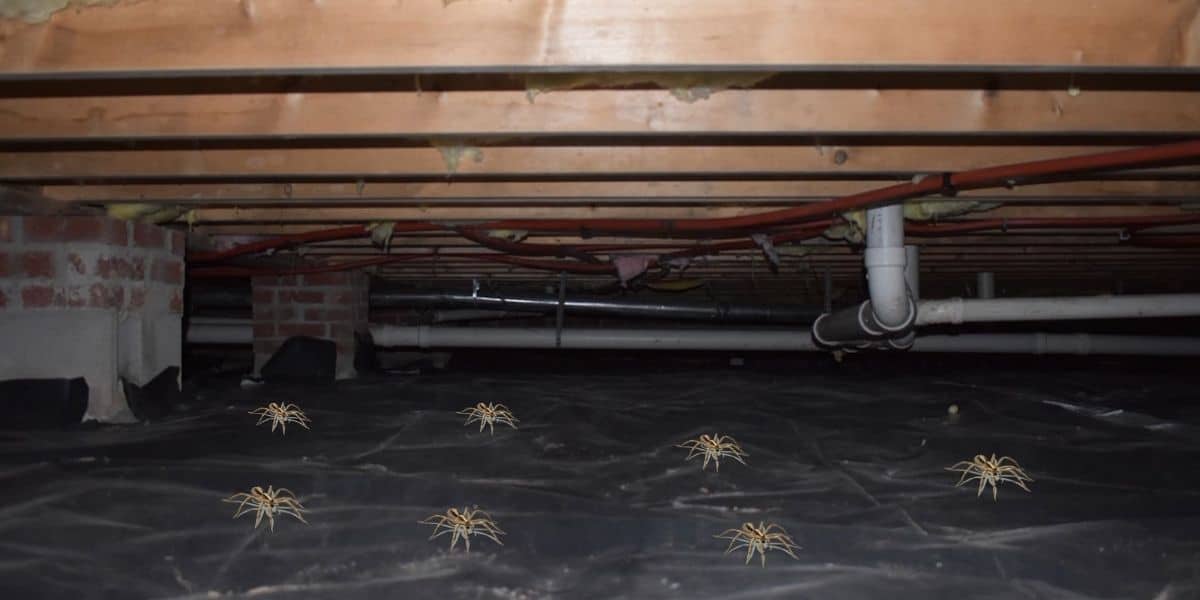
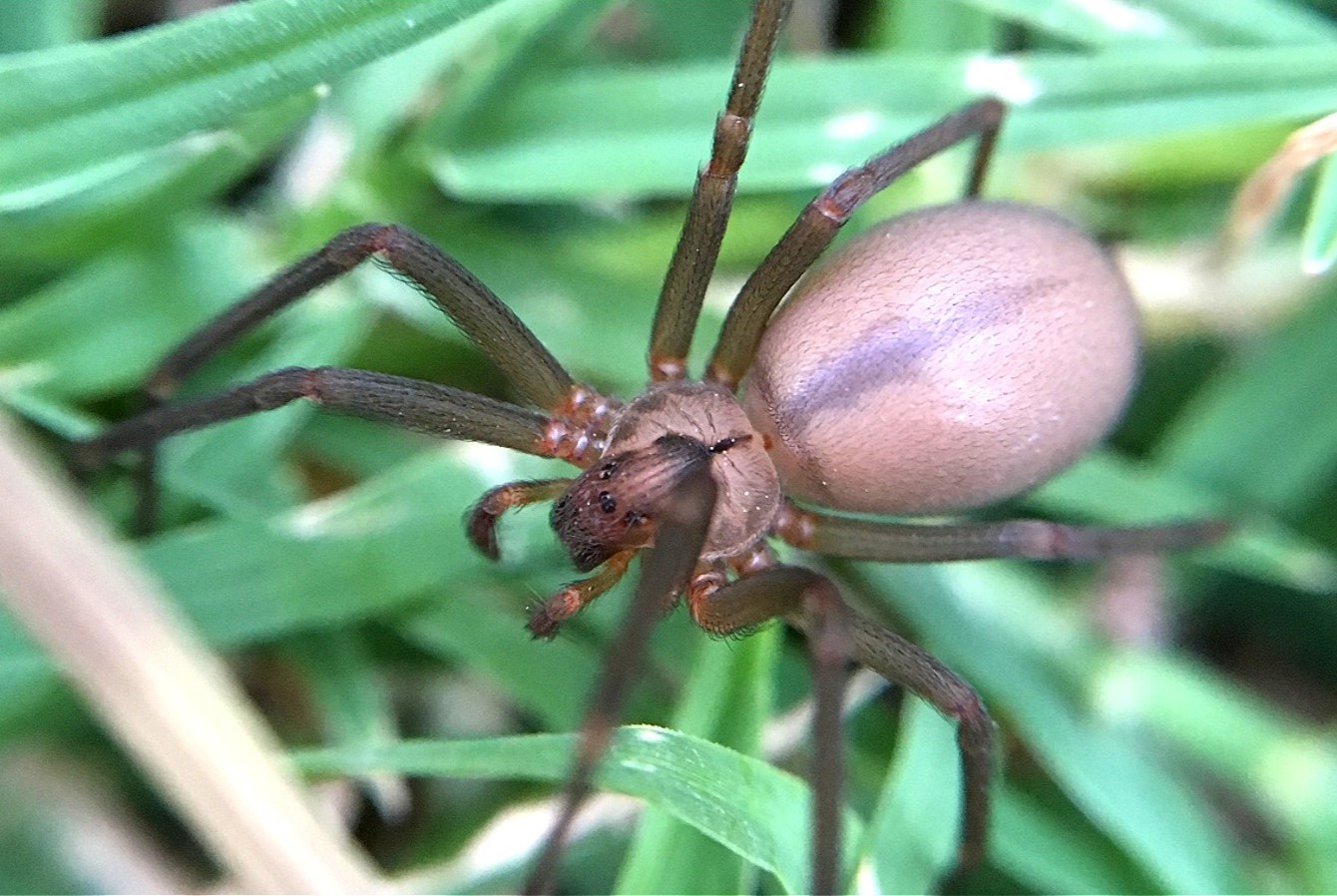
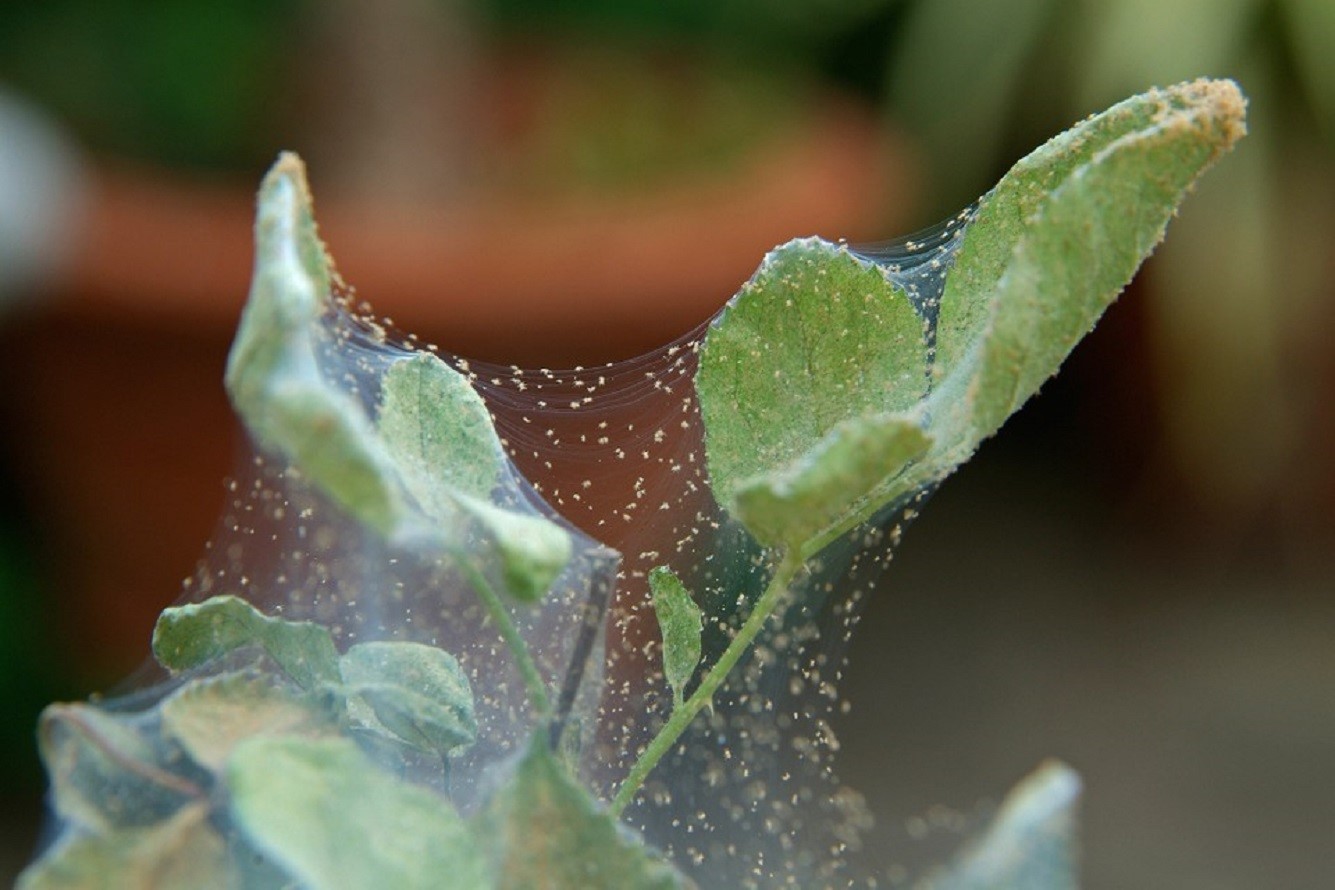
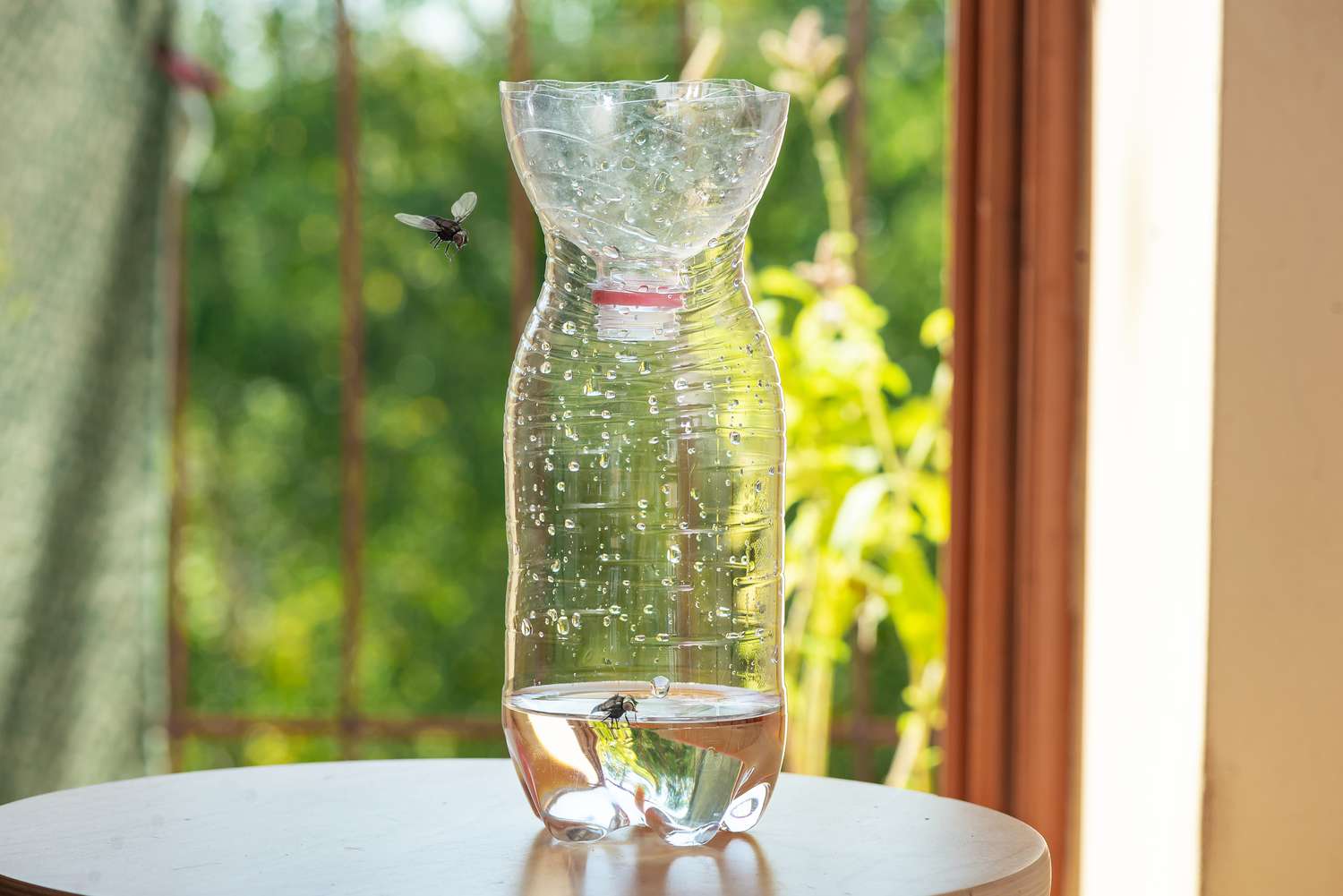
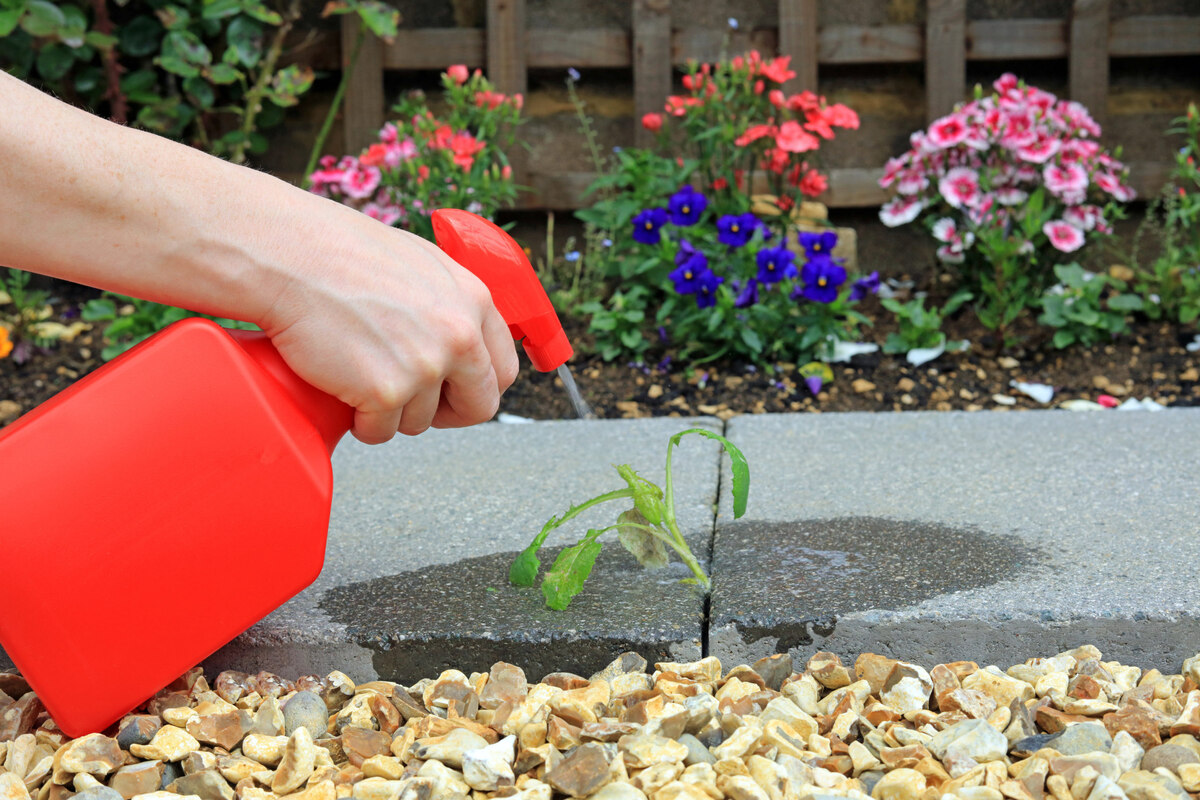
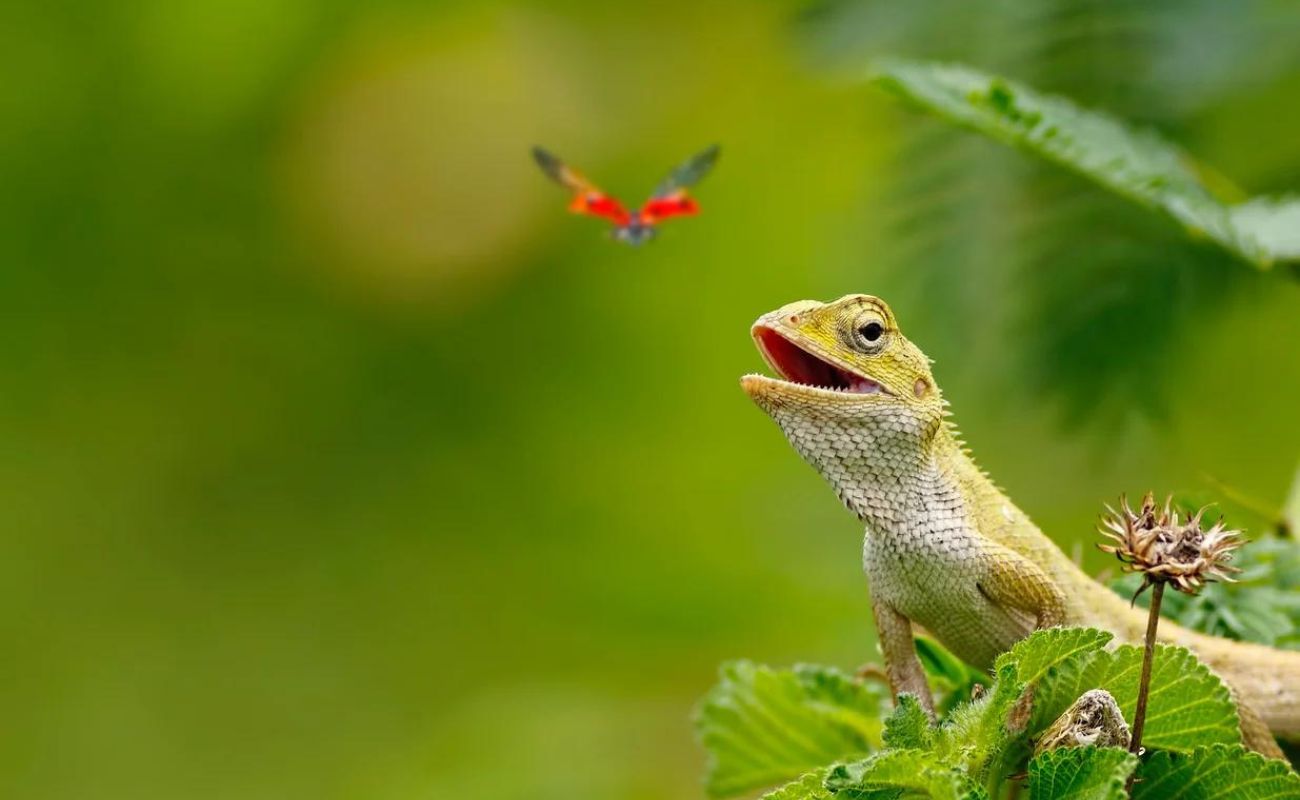
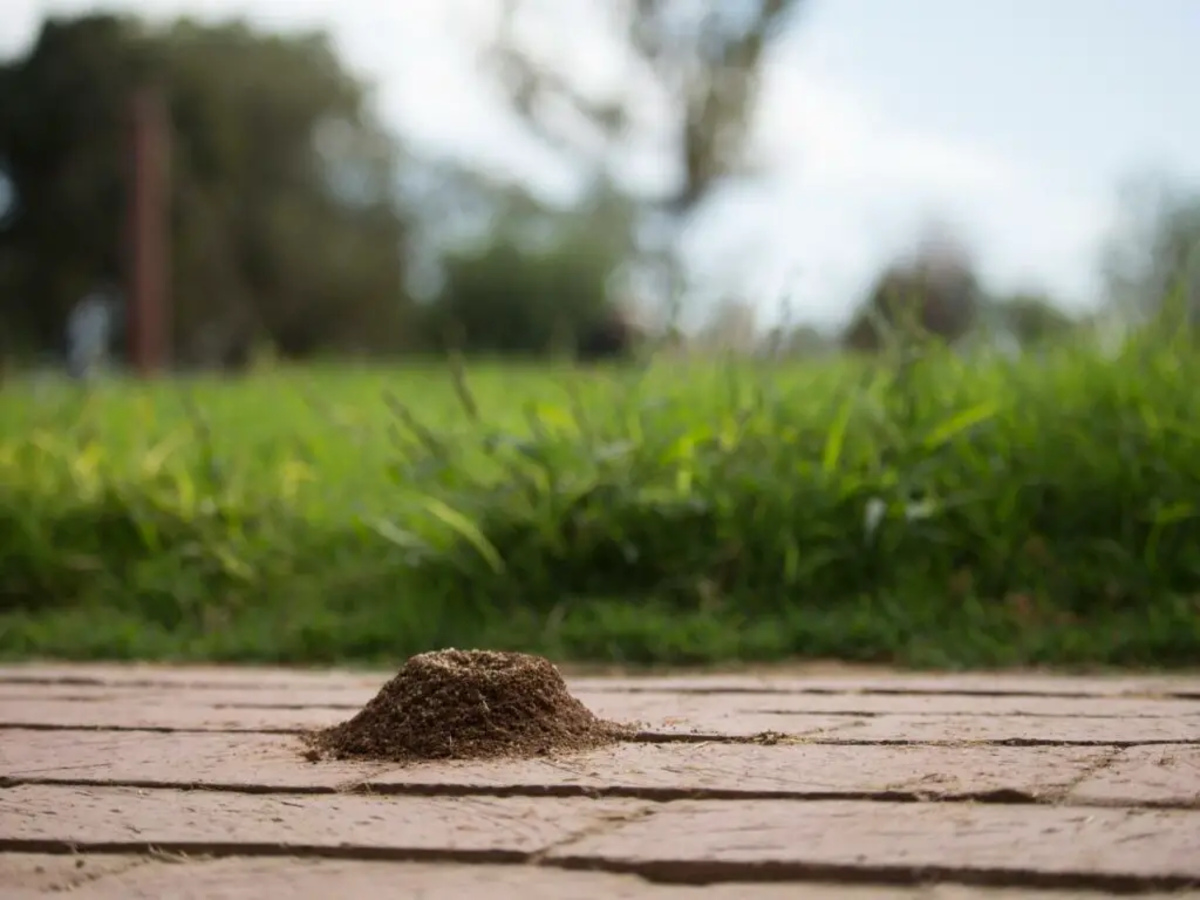
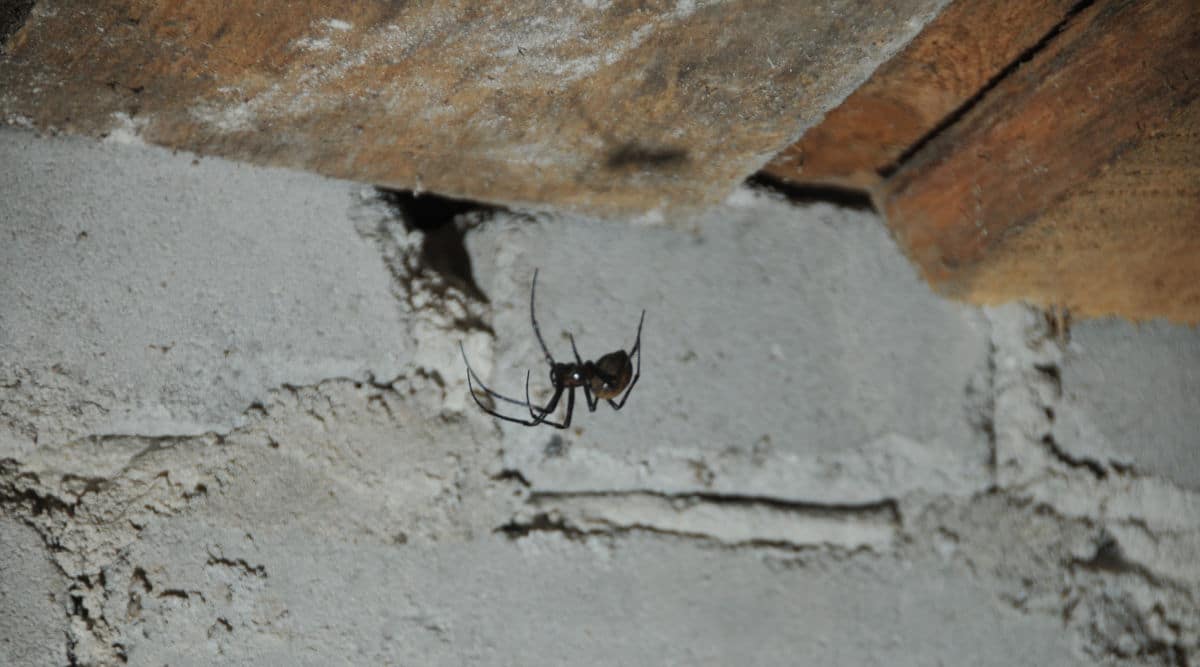
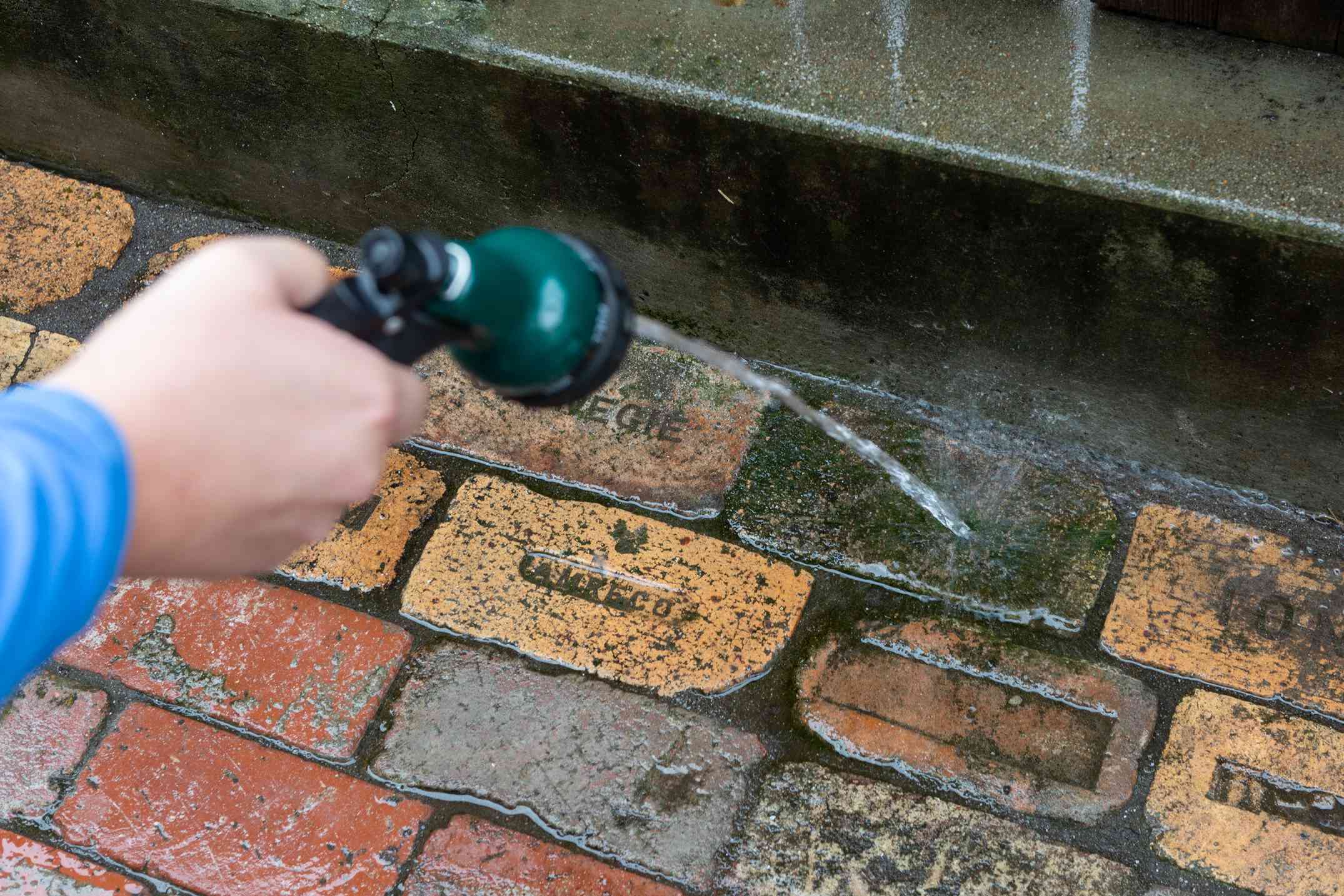
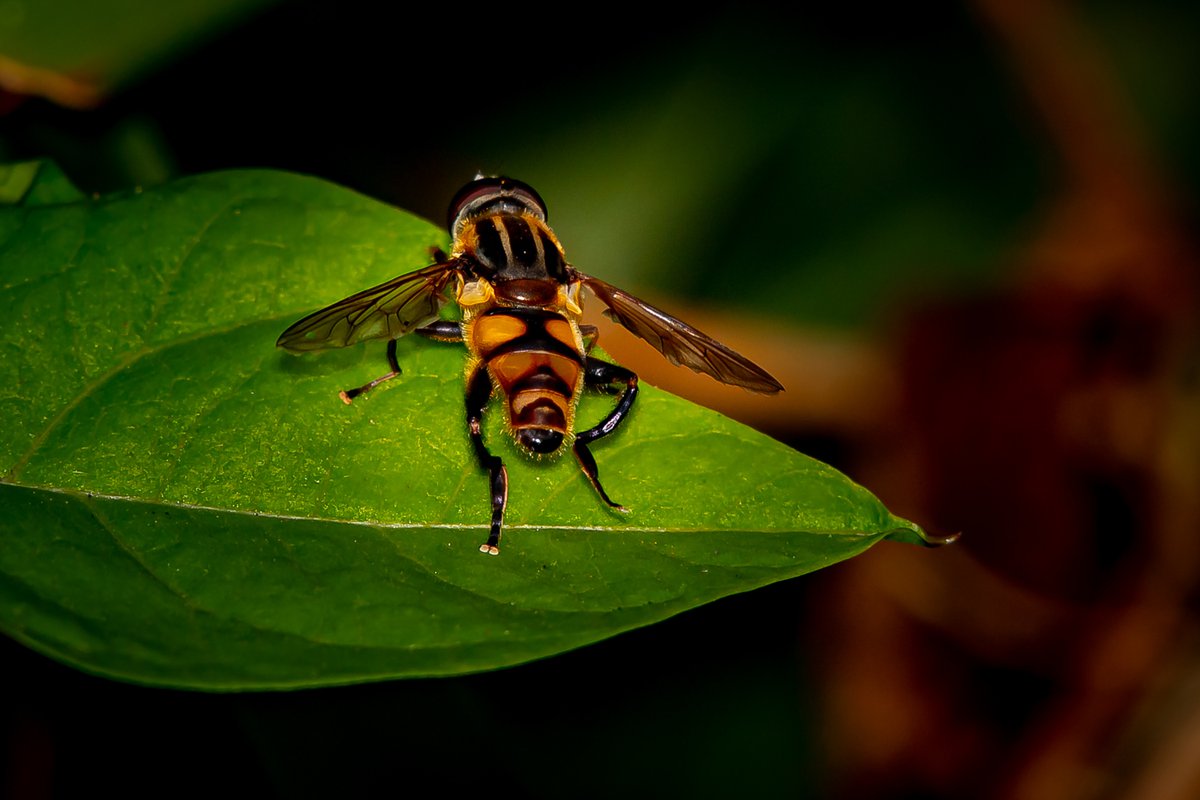

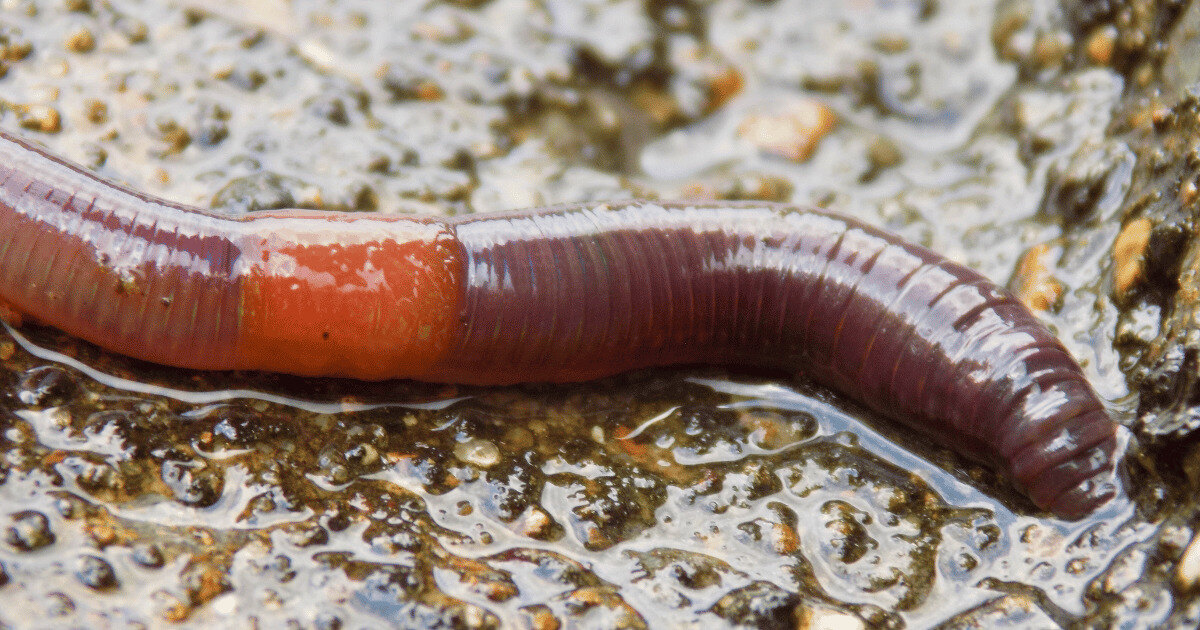
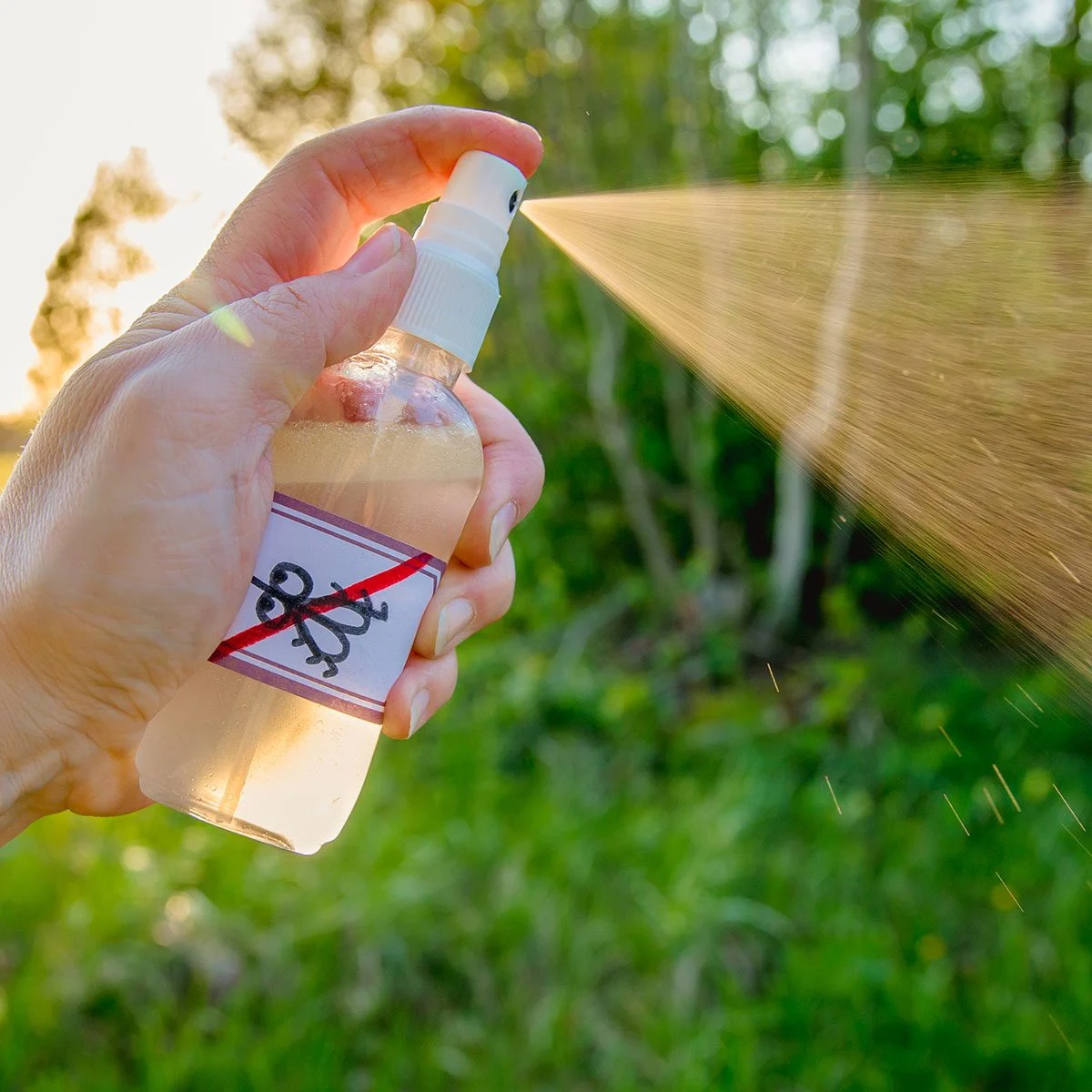
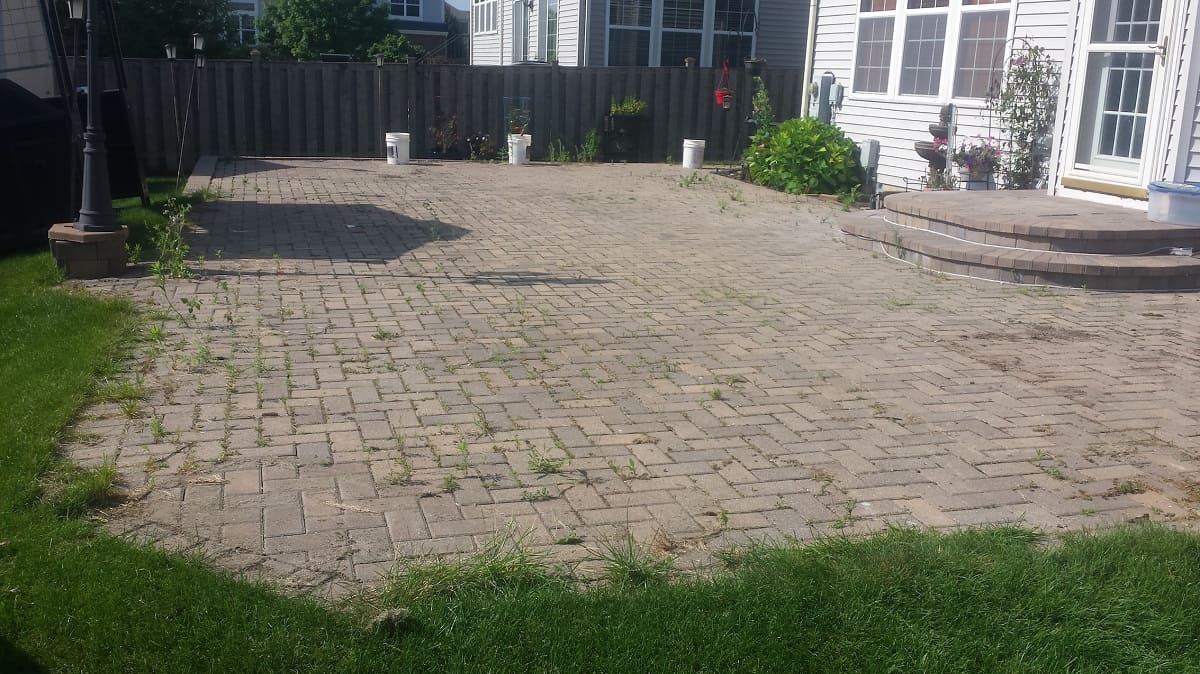

0 thoughts on “How To Get Rid Of Tiny Red Spiders On A Patio”